SOURCE: RAUNAK KUNDE / NEWS BEAT / IDRW.ORG

Hindustan Aeronautics Limited’s (HAL) indigenously developed Light Combat Helicopter (LCH), also known as Prachand, is poised for a crucial milestone later this year. The helicopter will undergo integration and testing with the Helina Anti-Tank Guided Missile (ATGM), a key weapon system for the platform.
Helina, the helicopter-launched version of the Nag missile, has already been successfully test-fired from the ALH-Rudra attack helicopter. This integration process is expected to be seamless due to the significant system overlap between the LCH and Rudra.
Continue readingSOURCE: IDRW.ORG.
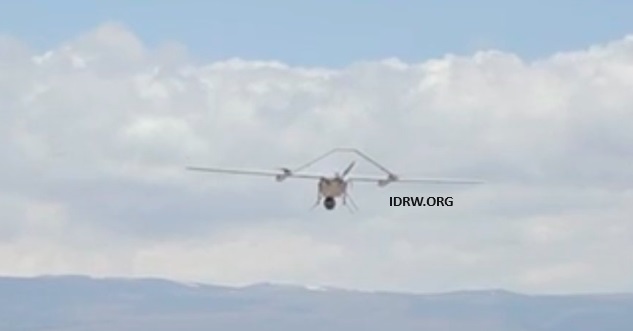
Armenian special forces recently conducted training exercises incorporating both newly acquired French Bastion armored vehicles and a previously unseen type of suicide drone. Visual analysis suggests the drones might be the Tata Advanced Systems Limited (TASL) ALS-50 kamikaze drone from India.
The drone spotted in training exercises bears a striking resemblance to the TASL ALS-50. This fixed-wing loitering munition boasts an impressive range exceeding 50 kilometers. After launch, the ALS-50 transitions to a fixed-wing configuration and homes in on its target. With a 3.8-meter wingspan, it can deliver a significant payload – up to 6kg of anti-personnel or anti-tank weaponry. The lightweight composite construction and 100km/h cruise speed make the ALS-50 a potentially significant addition to the Armenian arsenal.
Continue readingSOURCE: AFI

Dr. Samir V. Kamat, Secretary of Defence Research and Development (DD R&D) and Chairman of the Defence Research and Development Organisation (DRDO), recently addressed a critical issue facing India’s defence sector. He pointed out that the private sector is currently shouldering much of the burden of funding research and development (R&D) in defence
Dr. Kamat emphasized the need for government intervention and allocation of funds to support these crucial R&D activities, expressing optimism that the situation would improve over the next 5-6 years as the Indian Armed Forces increasingly rely on indigenous solutions for their weapon and system requirements.
Continue readingSOURCE: AFI

The journey began with the vision of physicist Homi Bhabha, who convinced Prime Minister Nehru to invest in nuclear technology despite international disapproval. India’s first Peaceful Nuclear Explosion (PNE) in Pokhran in 1974 marked a significant achievement, but it also triggered international condemnation. The IAEA, world powers, and even some fuel suppliers distanced themselves from India.
By the late 1990s, India’s security concerns escalated, leading to further nuclear tests in 1998. This resulted in exclusion from crucial nuclear groups like the NSG (Nuclear Suppliers Group) and CTBT (Comprehensive Test Ban Treaty). However, India responded by formulating a distinct nuclear doctrine.
Continue readingSOURCE: AFI
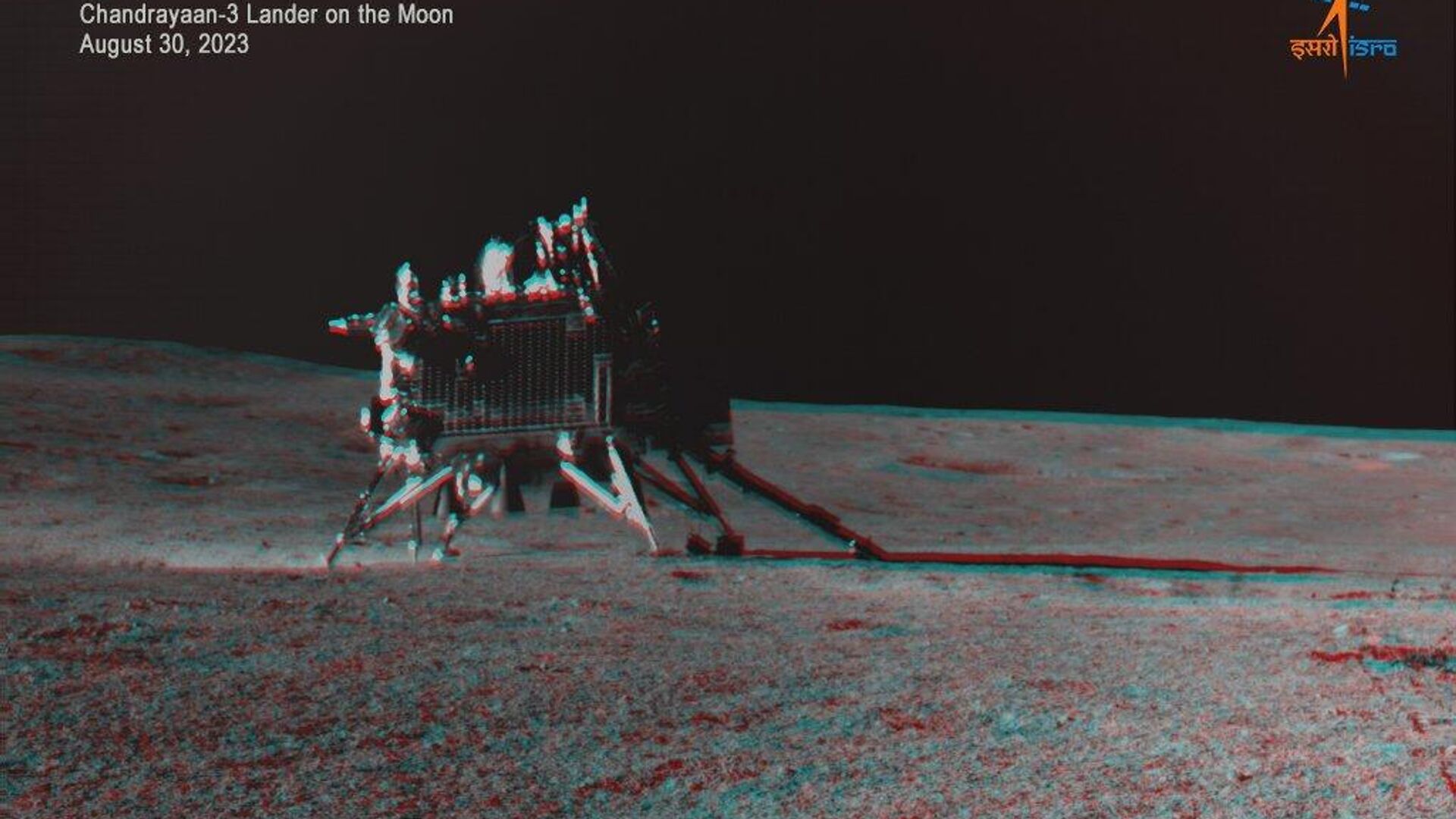
India’s space agency, the Indian Space Research Organisation (ISRO), has made significant strides in space exploration, highlighted by the recent success of the Chandrayaan-3 mission. However, despite its achievements, ISRO faces several internal challenges that hinder its progress toward self-sufficiency. In a candid revelation, a scientist involved in the Chandrayaan-3 project outlined the issues of limited access to advanced technology and insufficient funding, shedding light on why ISRO isn’t yet self-sufficient.
One of the primary challenges ISRO faces is the restricted access to advanced space technology. International collaborations are crucial for the development and enhancement of space technology, yet geopolitical factors and international regulations often limit ISRO’s ability to acquire cutting-edge technology from foreign space agencies and companies. This limitation hampers the agency’s ability to develop and deploy state-of-the-art systems and innovations.
Continue readingSOURCE: BLOOMBERG

Canada and India have increased their security exchanges in recent months over the assassination of Hardeep Singh Nijjar, including visits to India by senior Canadian officials to share a robust set of evidence on the case, according to people with knowledge of the matter.
But diplomatic relations between the two countries remain in a deep freeze ahead of the Group of Seven leaders summit in Italy this week, where both Canadian Prime Minister Justin Trudeau and Indian Prime Minister Narendra Modi will be in attendance.
Continue readingSOURCE: PTI

A Tejas fighter jet of the Indian Air Force (IAF) made an emergency landing at the Surat International Airport in south Gujarat on Tuesday morning due to low fuel, a senior official said. The pilot of the indigenous aircraft contacted the Air Traffic Control (ATC) and requested for an emergency landing due to low fuel, said airport director SC Bhalse.
“The pilot of a Tejas fighter jet contacted us in the morning because of a fuel shortage in the aircraft. Since the Surat airport was the nearest one, the pilot contacted us for an emergency landing. The aircraft landed safely at 10:18 am,” said Mr Bhalse.
Continue readingSOURCE: PIB
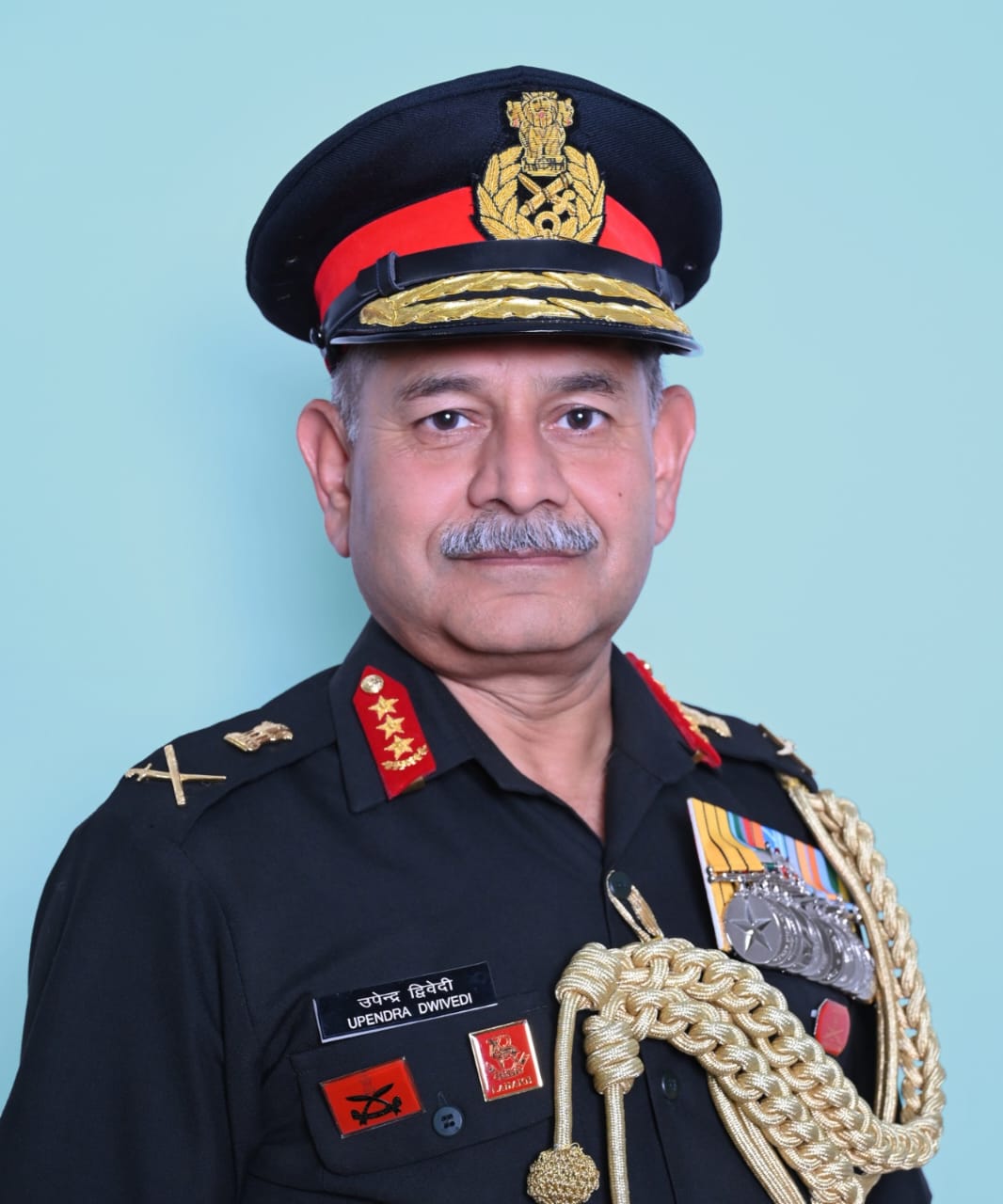
The Government has appointed Lt Gen Upendra Dwivedi, PVSM, AVSM, presently serving as Vice Chief of the Army Staff, as the next Chief of the Army Staff with effect from the afternoon of June 30, 2024. The present Chief of the Army Staff Gen Manoj C Pande, PVSM, AVSM, VSM demits office on June 30, 2024.
Born on July 01, 1964, Lt Gen Upendra Dwivedi was commissioned into the Infantry (Jammu & Kashmir Rifles) of the Indian Army on December 15, 1984. During his long and distinguished service spanning nearly 40 years, he has served in a variety of Command, Staff, Instructional and Foreign appointments. The Command appointments of Lt Gen Dwivedi include Command of Regiment (18 Jammu & Kashmir Rifles), Brigade (26 Sector Assam Rifles), Inspector General, Assam Rifles (East) and 9 Corps.
Continue readingSOURCE: ANI

Ranjit Singh, the manager of the bus company whose vehicle was attacked in Jammu and Kashmir’s Reasi on Sunday, recounted the horror and said that the driver “sacrificed” himself for the passengers.
As many as nine people were killed and 42 others were injured when a bus filled with pilgrims from the Shiv Khori shrine was ambushed by terrorists on Sunday in the Reasi district. The driver lost control of the bus amid gunfire and the vehicle fell into a gorge.
Continue readingSOURCE: IANS

Survivors of the June 9 terrorist attack on pilgrims in J&K’s Reasi district have said that the attackers kept on firing at the fallen bus for almost 20 minutes. They said that after the driver was hit in the firing, the bus plunged into a deep gorge in the Poni area of the district and the terrorists kept shooting indiscriminately.
Five of the deceased had gunshot wounds. And, out of the 41 injured, 10 suffered gunshot injuries. Bhawani Shankar of Tughlakabad extension in Delhi had gone to pay obeisance at the Mata Vaishno Devi shrine on his marriage anniversary. He was accompanied by his wife, Radha Devi and two children, 5-year-old Deksha and 2-year-old Raghav.
Continue readingSOURCE: PTI

A suspected Pakistani terrorist was killed by security forces after the ultras attacked a village near the International Border (IB) in Kathua district of Jammu and Kashmir on Tuesday evening and injured a civilian, police said.
In a separate incident, a gunfight has begun between terrorists and security forces in the higher reaches of Doda district but there was no immediate report of any casualty, Additional Director General of Police, Jammu zone, Anand Jain, who reached Kathua to supervise the anti-terrorist operation, told reporters.
Continue readingSOURCE: PTI

The Jammu and Kashmir Police on Tuesday released a sketch of a terrorist involved in the attack on a passenger bus in Reasi district and announced a ? 20 lakh reward for information about him.
On Sunday, terrorists opened fire at the 53-seater bus carrying pilgrims when it was en route from the Shiv Khori temple to the Mata Vaishno Devi shrine in Katra near Teryath village in the Poni area. The bus, which was ferrying pilgrims from Uttar Pradesh, Rajasthan and Delhi, plunged into a deep gorge following the gunfire, killing nine people and injuring 41 others.
Continue readingSOURCE: IANS

An army soldier was injured on Wednesday in terrorist firing in Jammu and Kashmir’s Doda district where an encounter is currently underway, a top police officer said. Anand Jain, Additional Director General of Police (Jammu), said that an army soldier was injured in terrorist firing in the Chattergalla area of Doda district in the early hours of Wednesday.
“The area was immediately cordoned off and firing exchanges are now going on between the security forces and the terrorists in the area,” the ADGP added.
Continue readingSOURCE: IDRW.ORG.
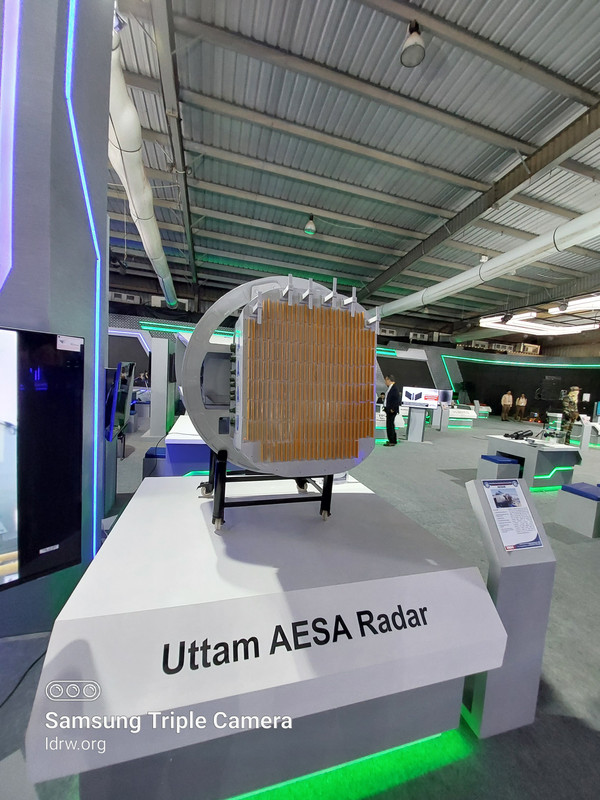
Hindustan Aeronautics Limited (HAL) is making significant strides towards self-reliance with the LCA Tejas Mk1A fighter jet program. As the production scales up from the initial 83 to a potential 97 aircraft, the level of indigenous content is also set to rise progressively.
A key milestone will be reached after the 41st aircraft. HAL plans to integrate the Uttam AESA (Active Electronically Scanned Array) radar, a domestically developed system, onto the Tejas Mk1A. This indigenous radar replaces previously imported options, marking a significant leap in technological independence.
Continue readingSOURCE: IDRW.ORG.
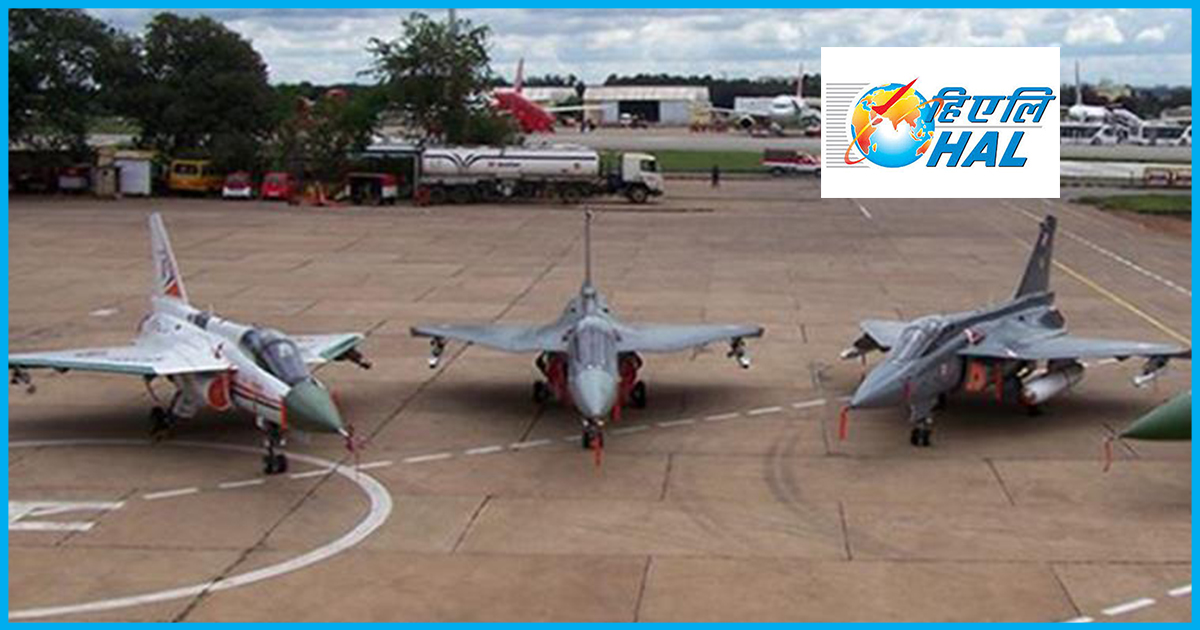
Hindustan Aeronautics Limited (HAL), India’s leading aerospace and defense manufacturer, is outlining a bold new vision for the future. Moving beyond its traditional role of licensed production, HAL aspires to become a full-spectrum technology powerhouse.
A key aspect of this vision is a strong focus on Intellectual Property (IP) rights. HAL is actively seeking to create and own its own intellectual property, fostering a culture of domestic innovation. This shift will equip HAL to develop cutting-edge technologies and solutions for India’s defense needs.
Continue reading